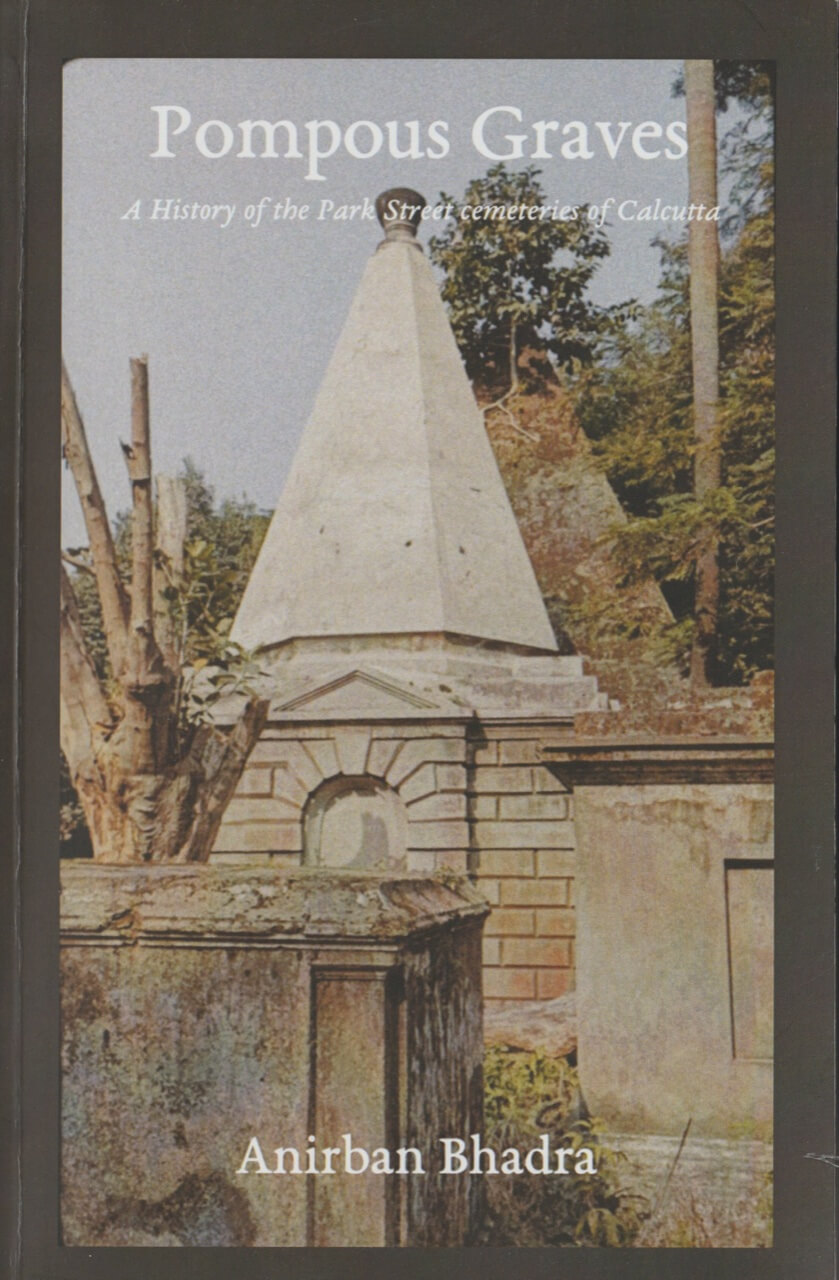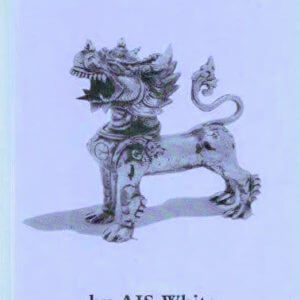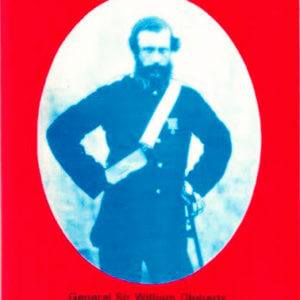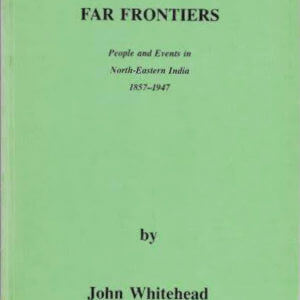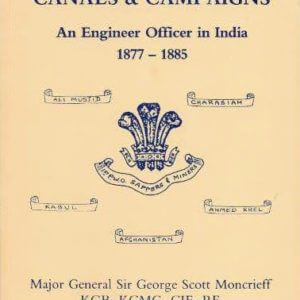Description
This is a very accomplished book by a young author who lives in Calcutta. We learn how the first Britons in India dealt with burials in a non-Christian country. The earliest Anglican church was not erected until the end of the 17th century, so there was no focus around which a graveyard could be established. Two solutions were found. One was ‘garden burials’ where the deceased was buried on their own estate or that of a friend and the second was to emulate the great Mughal tombs with their domes and pinnacles. The first mention of a cemetery in Calcutta is 1665 which will surprise many who believe that Job Charnock’s two-storied mausoleum is the oldest funerary monument in the city. Charnock died in 1692 and was buried in what was already known as ‘the old English cemetery’. Visitors to the site, which is now in the grounds of St John’s Church, will have noticed a number of tombstones laid flat around his mausoleum, several of them with Latin inscriptions. An aquatint by Thomas Daniell shows a number of fine tombs here, but a wholesale demolition in 1802 cleared the majority of them away. The large obelisk tomb of Mrs Elizabeth Reed, which had survived the clearance and was photographed in 1909 has now also vanished. South Park Street cemetery, which superceded it, was opened in 1767 as the ‘new burying ground’ and it was to be another half century before it became known as Park Street, after a long-vanished deer park near the Chowringhee corner.
Pompous Graves is packed full of relevant photographs and maps as well as previously unknown facts which have been diligently uncovered by Bhadra. For example, the notable difference between the truly pompous monuments of South Park Street and the much humbler memorials of later cemeteries had previously been attributed to a fundamental religious shift. It was thought the Evangelical movement encouraged a simpler, less grandiose style of commemoration of the dead. Not so. On page 38 we find ‘Great inconvenience having arisen…. from the general practice which prevails among all classes of erecting Tombs of unreasonable dimensions over the remains of Relatives and Friends, the Rt. Hon’ble Governor-in-Council has been pleased to resolve that the size of monuments hereafter to be erected in the burial ground of any outstation shall be limited to 7 ft x 3ft. 6ins.’ So it was for a pragmatic reason, rather than a spiritual one that the change occurred. Tribute is paid to BACSA’s founder, Theon Wilkinson and to Dr Maurice Shellim, who lived in Calcutta for many years. A less well-known name is Roger Pearson, a young British accountant working in Calcutta in the 1950s. He persuaded the Burial Board to halt its proposed demolition of South Park Street cemetery while he raised funds for restoration. With the help of Calcutta-based architect Bernard Matthews and Aurelius Khan ICS, Pearson succeeded in restoring most of the monuments. Aurelius Khan subsequently became Secretary of the Christian Burial Board.
BACSA was so impressed by the draft manuscript of Pompous Graves that it has funded its publication. The book is not only the first detailed history of the Park Street cemeteries, it is well-written, informative and with a touch of humour too – a final chapter on ‘Looking for the Paranormal’ is instructive. There is a chronology, a list of notable burials and a good index. Highly recommended. Copies may be ordered online through the BACSA website. In addition a limited number of copies are available in Britain from the Editor of Chowkidar (rosieljai@clara.co.uk), and it is also on sale at the gate-house of South Park Street cemetery itself.
This review of Pompous Graves appeared in the Autumn 2023 issue of Chowkidar, Vol 16 No.6. Published by BACSA (ISBN 978 0 907799 95 5). pp160.

